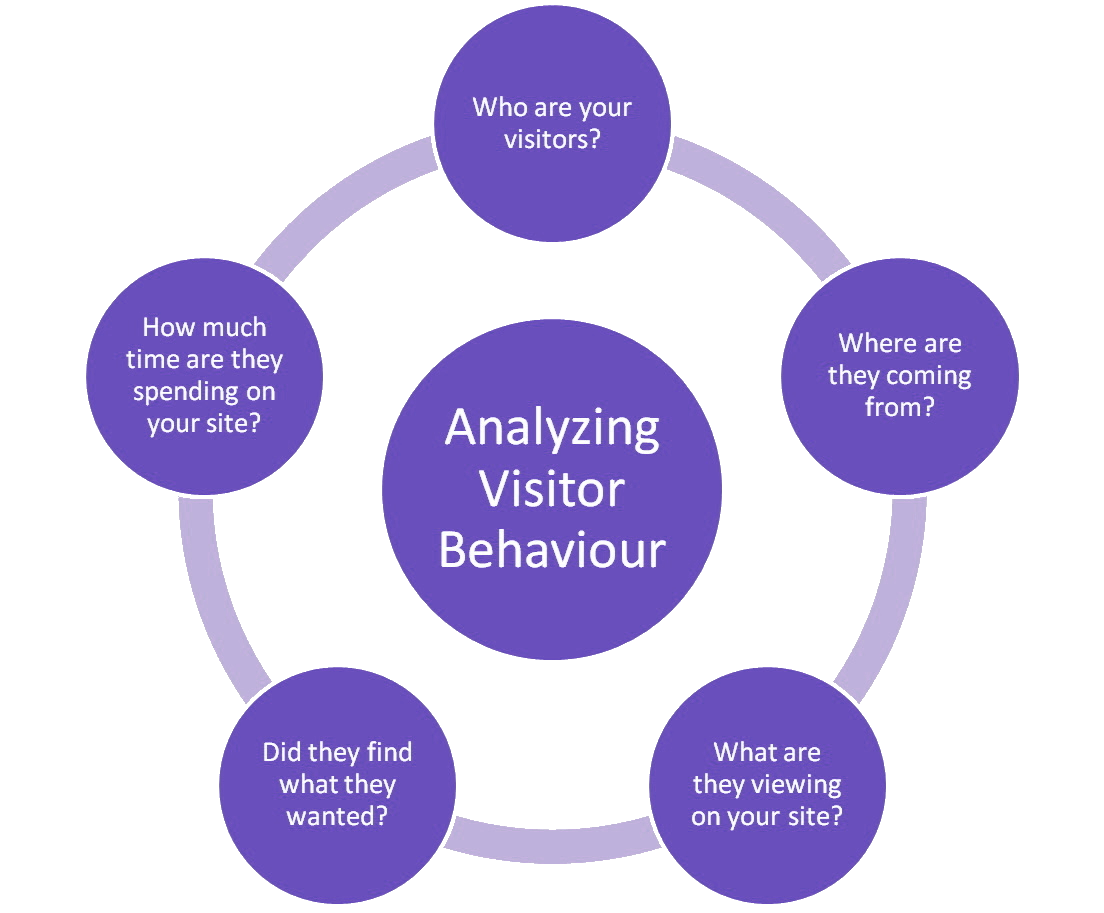Introduction
This isn’t going to be an easy article to write. In fact, this may be the hardest article I’ve ever written so far. That’s because many web analytics terms are not very well defined, and even if they are defined in specific ways, it’s hard to know whether or not what you’re seeing is what we mean when we say things like “traffic source” or “acquisition channel.” So let’s dive into this thorny subject and see if we can make sense of all its moving parts.

Learn to understand your analytics
Analytics is the science of monitoring how users interact with your online presence. It looks at their behaviors and their activities in relation to the web property you are monitoring, and provides you detailed reports which help you to make sense of how people interact with your content.
Information gleaned through analytics can help you know how many users visit the website for example, and how long they hang around for. Another important piece of data is how many and which pages of your site are your visitors looking at, and what path they took to end up on those pages. More importantly, you can also see how many users end up becoming paying customers.
Businesses use data analytics to measure site performance and look for Key Performance Indicators, or KPIs. Web Analytics is therefore a critical business tool for SaaS providers as it is useful for making informed business decisions about your website and its overall marketing strategy. This holds particularly true when you are trying to visualize your sales funnel and analyze where in their journey, visitor traffic drops off the sales funnel.
Web analytics can also influence your content and SEO strategy. Looking at your most viewed posts for example, you can get an understanding as to what types of content and topics perform well, and which are not performing. You can then make adjustments and reanalyse the data to gain further insights.
Web Analytics Packages
The good news is that you don’t have to manually count or worry about where your visitors are roaming around on your website, because there are many excellent Web Analytics software packages on the market today that make this complex task a breeze.
These software packages offer subscription based options to allow you to make sense of all that traffic. The best known of these, is Google Analytics colloquially known as GA.
In recent years however, GA has fallen out of favor with many privacy focused organizations as well as organizations who operate within the European Union (EU). This is due to serious privacy concerns related to how GA stores and tracks user data. This has resulted in GA’s tracking technology itself becoming illegal in the EU due to the various new privacy legislations being introduced, namely GDPR, SCHREMS II and others.
Filling that void, many excellent GA alternatives have come to market, not least of which is Wide Angle Analytics. It offers an excellent fully privacy law-compliant analytics package for curious marketers.
But before you run off to research all the analytics packages available on the market, it would be wise to familiarize yourself with the analytics lingo, and specific vernacular used within these analytics packages.
Pageviews
Pageviews is a metric that measures the number of times a user visits your site. If a user visits your site and looks at 3 different pages on there, that would count as 3 pageviews. It’s used to measure how many people are coming to your site, and can be thought of as the traffic for an individual page or article post.
Pages per visit
Pages per visit (PPV) is a metric that shows the average number of pages visitors view on your website during a single visit. The PPV is calculated by dividing the total number of pages viewed by the total number of unique visitors.
The page views include all pages viewed on your destination, including newsfeeds, shopping carts and other transactional parts of your website.
Unique Visitors
Unique visitors are the number of people who have visited your site. They are not necessarily unique, but they do represent a single person visiting your website. That includes unique users who have accessed a web page at any given time, including multiple sessions within one day and across multiple domains.
When using a more privacy focused/GDPR compliant solution, it is important to note that tracking individuals is prohibited. This makes tracking unique visitors quite challenging, as it requires clear user consent.
Therefore, a single person visiting your site may appear as two visitors in certain circumstances. A good example would be to imagine a person visiting your site from a mobile device while on the train. As they pass different cell towers, their IP address is constantly changing, this will register as a “unique visitor” even though it’s the same person.
New Visitors
A new visitor is someone who has never visited your site before. The number of new visitors is a good indicator of the popularity of your site, which can help you determine how effective your marketing efforts have been and whether or not they need to be improved.
Returning Visitors
A returning visitor is someone who has visited your site multiple times in the past. The best way to think about this metric is as a measure of quality: if you have lots of returning visitors, it means that people are coming back regularly and finding value in what you’re doing.
Since there’s no better way to encourage repeat visitors than by providing them with something worth coming back for, this is an extremely valuable metric!
Returning Visits vs Repeat Visitors: In general terms, repeat visitors are considered more valuable than returning ones because they’re more likely to make purchases or take action on other parts of your website—such as signing up for an email list or making a purchase through another channel (e-commerce).
Bounce Rate
Bounce rate is the percentage of single-page visits. If you’re not familiar with it, think of bounce rate as one person leaving a website after visiting just one page. This can happen for several reasons:
They didn’t find what they were looking for on that particular page (ie, it wasn’t relevant)
They forgot their password and had to log in again – thus ending their session without completing anything else
They visited another website while yours was loading and then returned back to yours after its completion
Time Spent on Site
Average time on site is the average amount of time a visitor spends on your site. It’s calculated by dividing the total time spent on your site by the total number of visitors. If you have 100 visitors and they spend an hour on your page, then this would be their average time on page (i.e., 1 hour).
Traffic Sources
Traffic sources are exactly what it sounds like. Where are your site visitors coming from?
The number of traffic sources you can track will vary depending on the web analytics tool you are using. Most high quality traffic analytics tools track multiple categories, including:
Organic Search
Referrals
Organic Social
Email Marketing
Paid Search
Paid Social
Direct traffic
Etc…
Conclusion
Web analytics continues to be an indispensable part of business operations for a large portion of digitized business models such as SaaS and others.
For many of us, the plethora of terms and sometimes conflicting definitions of these terms, has complicated our ability to make sense of all that data. If you are like me, that’s a lot of lingo to have to remember and understand. On top of that, analytics generates huge amounts of data that must be analyzed. Luckily for us, web analytics packages are becoming better with each generation in user experience and analysis power. This makes it easier to convert these vast amounts of data into actionable insights for your business.
Armed with the knowledge laid out in this article; should help guide you to make the right decision for your business.
No Cookie Banners. Resilient against AdBlockers.
Try Wide Angle Analytics!



